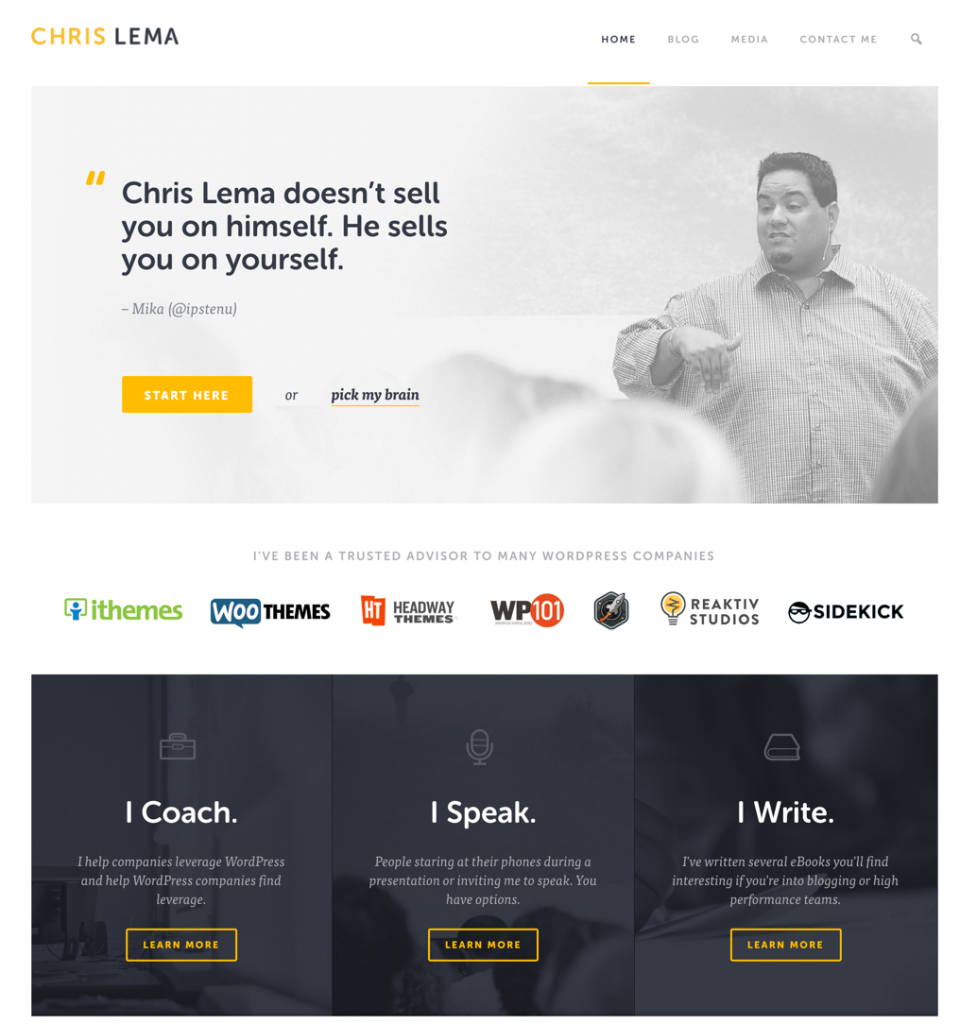For the last few years I've been coaching and working with companies to help them – from a marketing perspective or from a product development perspective – shift the defaults of their thinking.
The shift is one I felt like I had made several years ago and was now ready to systematize it in both product marketing and product development. And for the most part, it's not only been well received by clients, but it's been embraced by their customers – which is often the only thing that counts.
The shift relates to how you think about things: Inside Out vs Outside In.
Elisabet Lagerstedt, CEO and Executive Consultant at Inquentia Group, describes the differences between the two paradigms like this:
The Inside-Out approach is guided by the belief that the inner strengths and capabilities of the organisation will make the organisation prevail. The Outside-In approach is instead guided by the belief that customer value creation, customer orientation and customer experiences are the keys to success.
It feels pretty difficult to debate that a focus on customers and their experiences are the way to go. Hence shouldn't we all embrace Outside In thinking?
When I've spoken about this paradigm shift, I often push us away from what we're trying to sell and focus more on the story that taps into a customer's needs, as does Elena Ozeritskaya:
In the outside-in company, as opposed to inside-out one, the key word is need, not product. Their people think expansively. They're totally immersed in the minds of their customers, looking for ways to expand demand.
So at this point, you're thinking, “fine, so what?”
Outside in marketing is hard to do
Except for all that I talk about this stuff…look at the current design of my own homepage.
Inside Out thinking is easy to fall into
Do you see how much I've embraced Inside Out thinking? Everything about the page screams, “me,” including all those verb phrases—I coach, I speak, I write.
I point this out because it's so easy to talk about an Outside In framework until it comes to actually doing things. How, you think to yourself, can I sell my products or offer my services if I don't tell people who I am and what I do?
I get it. As I tell everyone else—it's hard but it's work that's worth doing.
And today I spent time telling myself the same thing in the mirror.
Look at my new navigation bar.
It's no longer all the things I do. Instead, it's shaped from the perspective of someone arriving at the site for the first time. It's based on actions they may want to take. The verbs are for them, not for me.
How do we stay focused on the customer?
So how do we keep the focus on this outside-in approach? Here are 10 tips from Annette Franz:
- Understand customers and what they are trying to do
- Use that understanding to develop products for the customer, products that solve their problems and help them do what they are trying to do
- Listen to customers at all key touchpoints
- Close the loop with customers on their feedback
- Act on what you hear
- Share the feedback and ensure it's used throughout the organization to make decisions and to design the best experience for your customers
- Do right by the customer; ask “Is this decision what's best for the customer?”
- Reduce customer effort rather than making the experience convoluted and confusing
- Save a seat in the room (a la Jeff Bezos' empty chair) for the customer/customer's voice
- Talk about customers and what they are saying
Taking it from here…
The hard part, if you're re-doing your website, or creating a new site for your new business, is the research and thinking that goes behind the scenes, not the code to make the site appear. Let's be honest, writing the HTML and CSS is nothing compared to getting the right messages on your site and connecting well (developing trust) with your site visitors.
So where can you get help?
I think there are several agencies that can help you with this work.
- My friends at Bourn Creative not only create your site, but help you dig into your customer personas and help you find the right messages.
- My friends at Web Savvy Marketing help companies do the analysis and work (from an SEO perspective) to know what customers are demanding (and looking for).
- My friends at Copy Hackers help you get better at your own writing but also can help you with your messaging or hook you up with a freelancer.
And whatever you do, don't quit simply because this stuff is hard. It's worth doing the hard work. So let's get to it.

